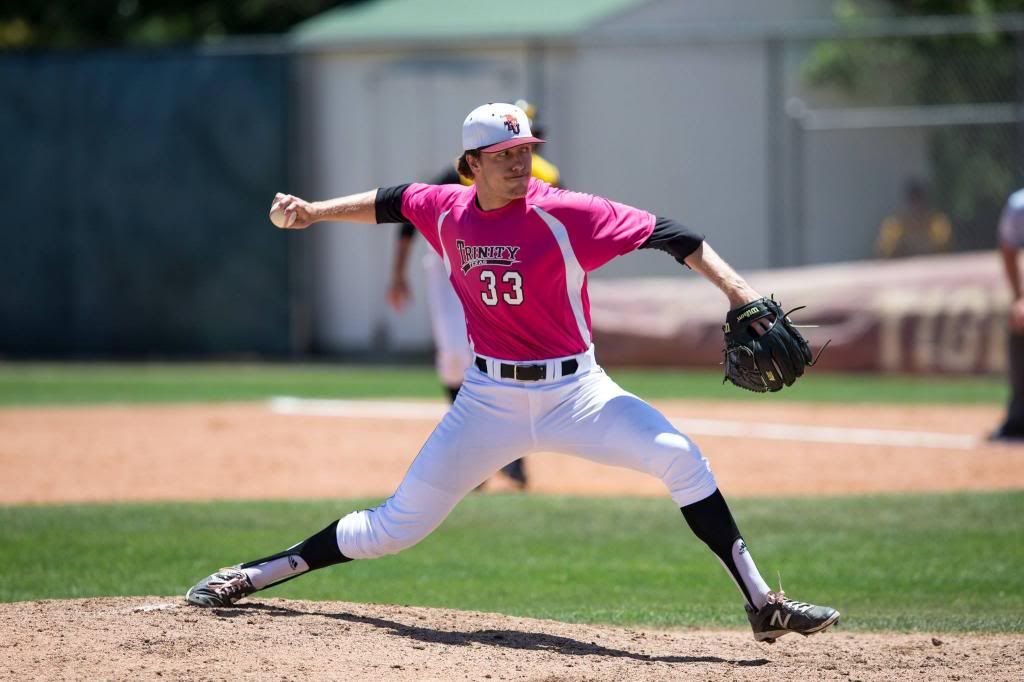LAball - interesting theory, however like RobT indicates, I would like to see more details of why you think the wind up creates more velo, and especially accuracy.
Any mechanics, either wind up or stretch, performed inefficiently will yield poor results, however I do not believe given the premise that both performed efficiently, one will provide better results over the other. Once the body begins to move forward, I don't believe there is any difference whether one started from the stretch of windup.
If the leg comes to a specific position out of "leg kick" that is no different from the stretch or wind up, what difference does it matter how high the leg was prior to the final position? Whichever position Nolan Ryan came to after the "high" leg kick was not affected by how high he raised his leg prior to that final position...in fact he could have just started at that position without the leg kick at all (see Fernando Rodney).
I actually contend that more can go wrong with the extraneous movements associated with a full wind up, resulting in out of sequence movements at hand break, resulting in lower velocity, and diminished accuracy. Since accuracy is a function of a highly consistent release window, derived from very repeatable mechanics, it would make sense that the few movements that have little, or no impact in additional power should be minimized. Additionally, since both the stretch, and wind up allow the pitcher to build maximum elastic energy into ball release, outside of personal preference, why would anyone pitch from the windup.
Similar analogy - "hitting". Obviously you see very different "styles" in hitting. Some have a very dynamic load, with huge bat tilt, huge leg kicks (Giancarlo Stanton), etc., however you don't see any appreciable power increase versus guys that are very quiet with their feet, and bat (Pujols). Why? Because both styles allow the batter to obtain the same amount of "stretch" on the muscles going into bat launch. Given the choice in hitting, I'd prefer the style with less movement, it lends to more repeatable mechanics, same power output, and since you have less moving parts, you tend to be fooled less on the off speed pitches.
Can you tell whether CC started in the stretch or windup here?





